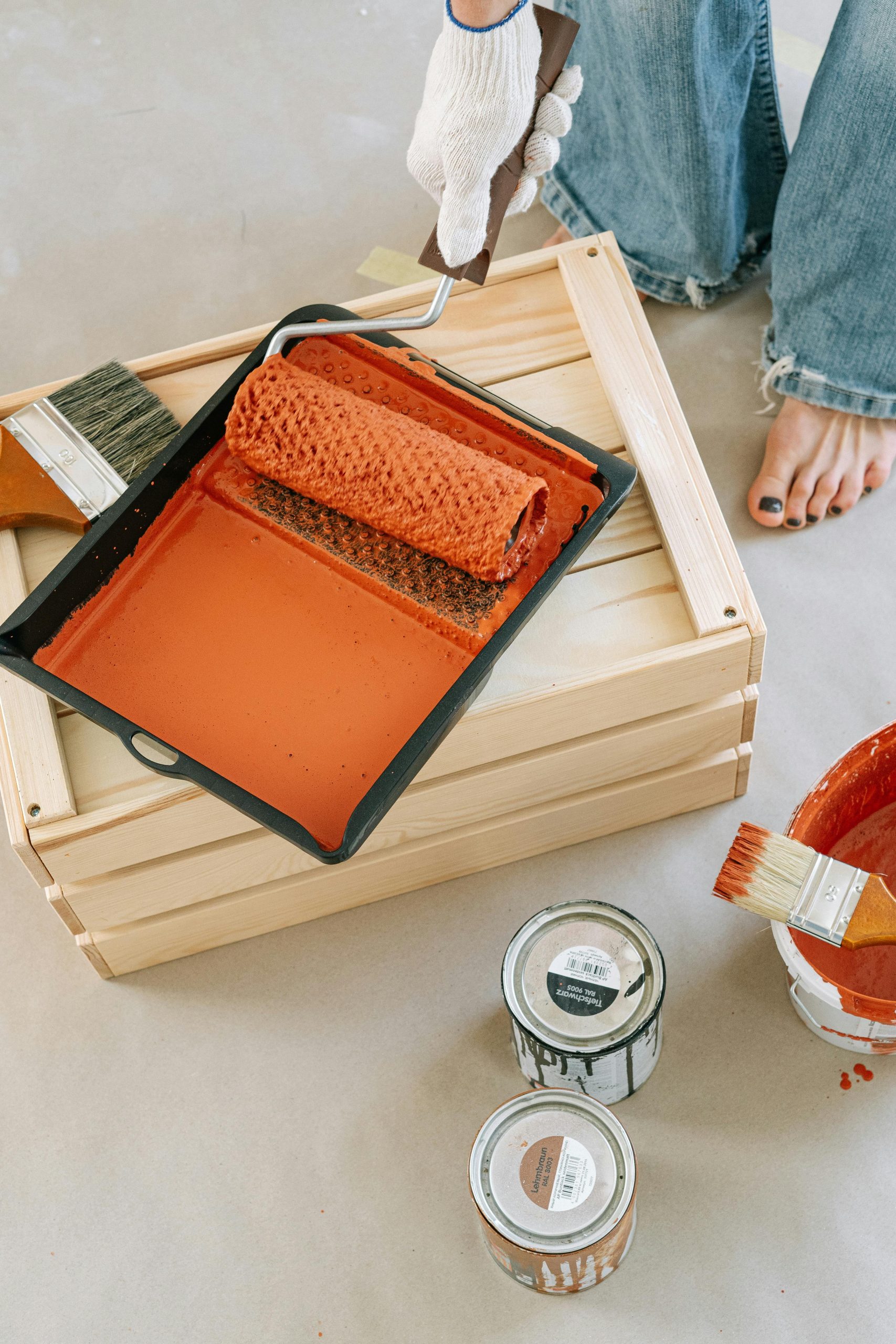Plumbing issues can be a headache, but not every problem requires an expensive call to a professional. With a little know-how and the right tools, you can tackle many common plumbing repairs yourself. Whether it’s a leaky faucet, a clogged drain, or a running toilet, these DIY fixes can save you money and give you the satisfaction of handling the problem on your own. Here are some easy DIY plumbing repairs you can do without calling a plumber.
Fixing a Leaky Faucet
A dripping faucet isn’t just annoying—it can also waste gallons of water and increase your utility bill. Fortunately, fixing a leaky faucet is one of the simplest DIY plumbing repairs.
Steps to Repair a Leaky Faucet:
- Turn off the water supply: Locate the shut-off valves under the sink and turn them clockwise to stop the water flow.
- Disassemble the faucet: Use a screwdriver to remove the handle, then unscrew the packing nut to access the cartridge or valve stem.
- Inspect and replace worn parts: Check the O-rings, washers, and seals for damage. Replace any worn components with matching parts from a hardware store.
- Reassemble the faucet: Put everything back together, turn the water supply back on, and test for leaks.
Most leaks are caused by worn-out washers or O-rings, so replacing these small parts can often solve the problem.
Unclogging a Drain
Clogged drains are a common household issue, but you don’t always need harsh chemicals or a plumber to clear them. Here are a few DIY methods to try.
Methods to Unclog a Drain:
- Boiling water: Pour a pot of boiling water down the drain to loosen grease and debris.
- Baking soda and vinegar: Mix ½ cup of baking soda with ½ cup of vinegar, pour it down the drain, and let it sit for 15 minutes before flushing with hot water.
- Plunger: Use a plunger to create suction and dislodge the clog. Make sure there’s enough water to cover the plunger’s cup.
- Drain snake: For stubborn clogs, a drain snake can reach deeper into the pipe to remove blockages.
Avoid chemical drain cleaners, as they can damage pipes over time. These natural methods are safer and often just as effective.
Repairing a Running Toilet
A running toilet can waste hundreds of gallons of water daily. Luckily, fixing it is usually a matter of adjusting or replacing a few internal components.
How to Fix a Running Toilet:
- Check the flapper: Lift the toilet tank lid and inspect the flapper. If it’s worn or misaligned, water will leak into the bowl.
- Adjust the float: If the water level is too high, adjust the float arm or ball to lower it. The water should stop about an inch below the overflow tube.
- Replace the fill valve: If adjusting the float doesn’t work, the fill valve may need replacement. Turn off the water, drain the tank, and install a new valve.
Most toilet repairs require only a few basic tools and replacement parts, which are inexpensive and easy to find.
Replacing a Showerhead
If your showerhead is leaking, clogged, or outdated, replacing it is a quick and easy DIY project.
Steps to Replace a Showerhead:
- Remove the old showerhead: Use an adjustable wrench to loosen and unscrew it from the shower arm.
- Clean the threads: Wipe away old plumber’s tape or debris from the shower arm threads.
- Apply new plumber’s tape: Wrap the threads clockwise with Teflon tape to ensure a watertight seal.
- Install the new showerhead: Screw it onto the shower arm by hand, then tighten slightly with a wrench (avoid over-tightening).
This simple upgrade can improve water pressure and save water if you choose a low-flow model.
Fixing a Leaky Pipe Under the Sink
Leaks under the sink can cause water damage if left unchecked. Fortunately, many minor leaks can be fixed without professional help.
How to Repair a Leaky Pipe:
- Identify the leak: Dry the pipes and check for drips while running water.
- Tighten connections: Use a wrench to gently tighten slip nuts or compression fittings.
- Replace worn washers: If the leak persists, disassemble the connection and replace the washer.
- Use pipe tape or epoxy: For small cracks, wrap the area with pipe tape or apply epoxy putty as a temporary fix.
For larger leaks or burst pipes, it’s best to call a plumber, but minor drips can often be handled with basic tools.
By learning these simple DIY plumbing repairs, you can save money and avoid unnecessary service calls. While some jobs still require a professional, many common issues can be resolved with a little patience and effort. Always remember to turn off the water supply before starting any repair and keep essential tools like wrenches, plungers, and plumber’s tape on hand. With these skills, you’ll be ready to tackle minor plumbing problems with confidence.
